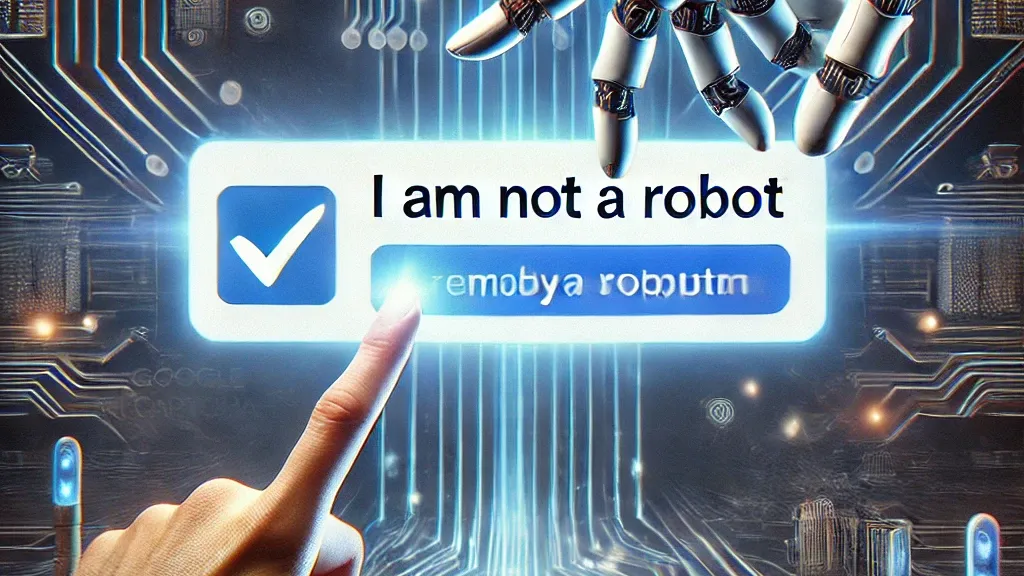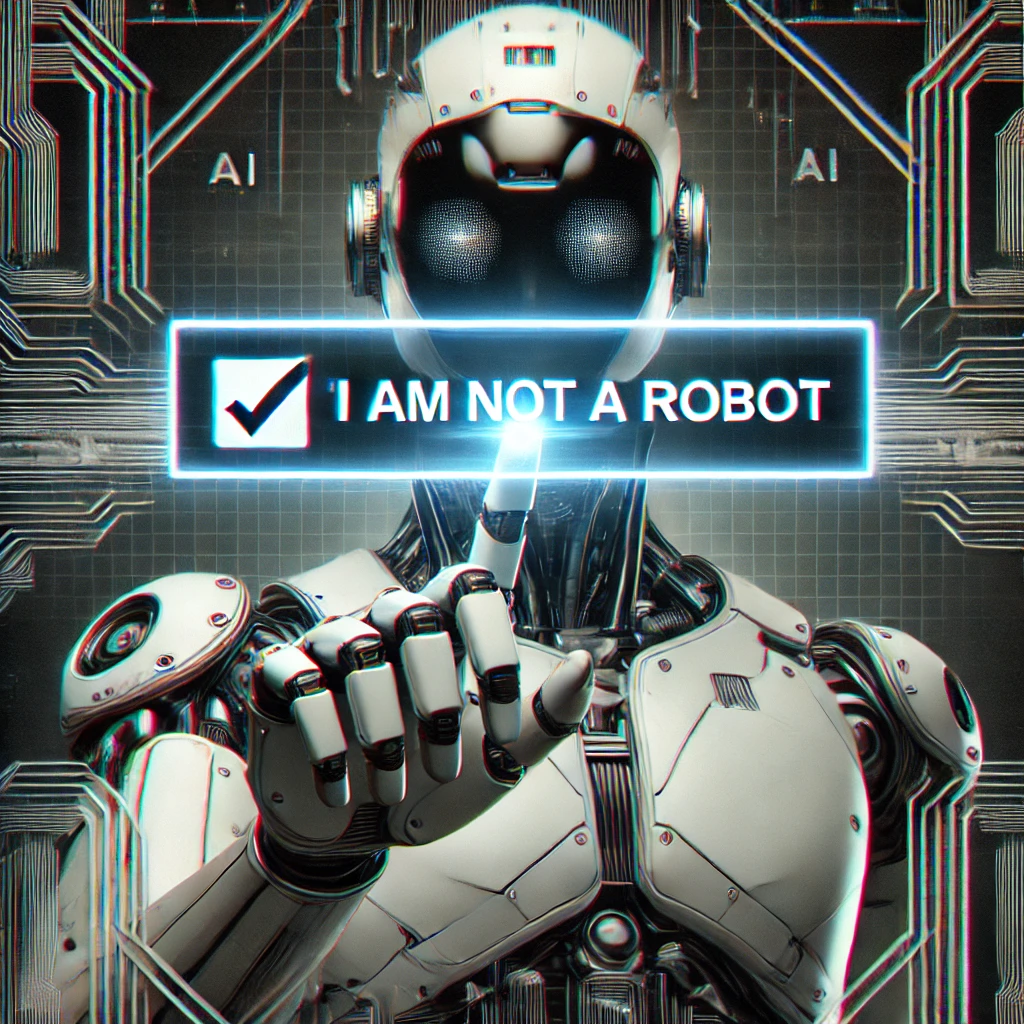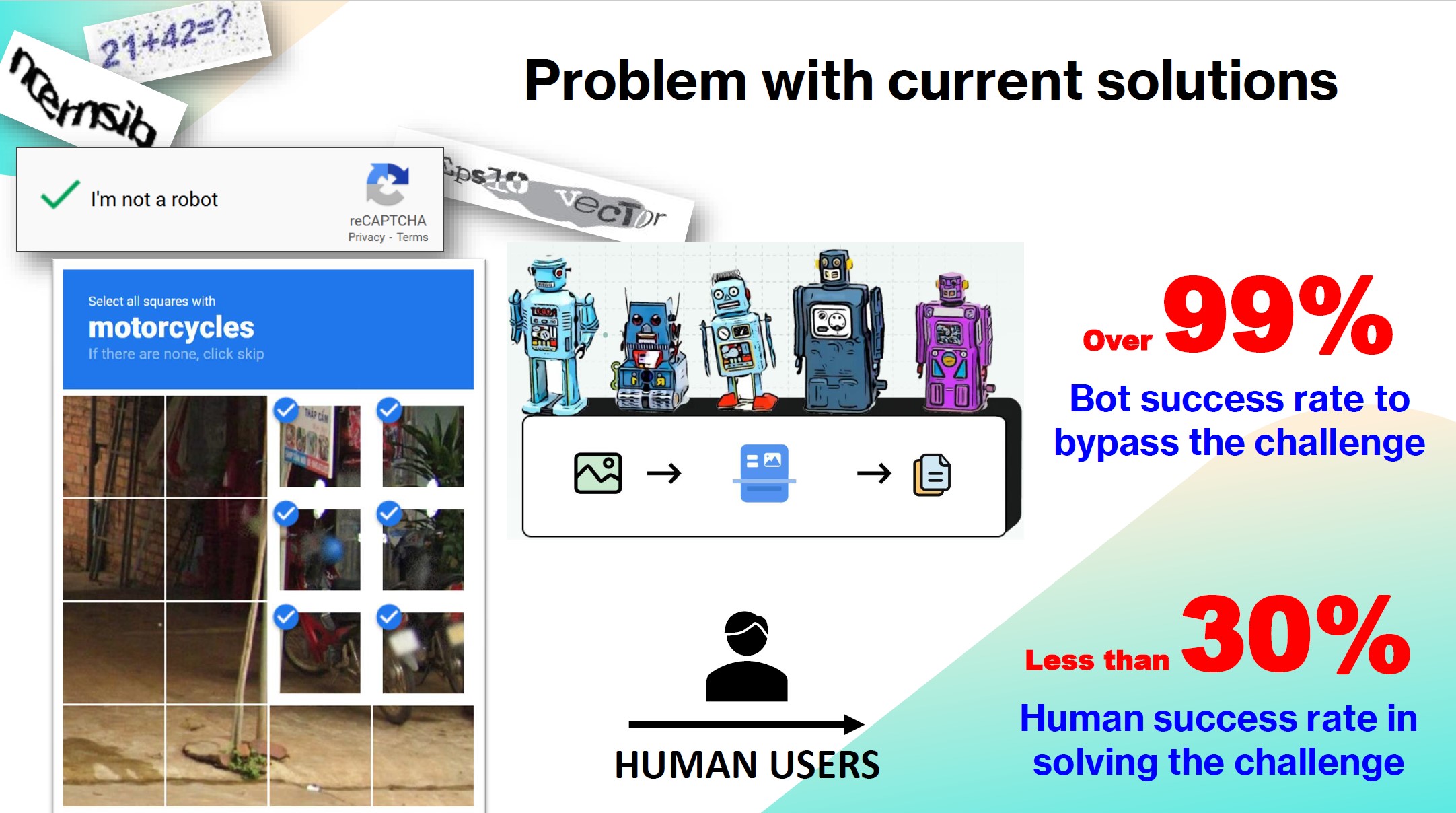
-

-
01 April 2024
Introducing CyberSiARA's Advanced Anti Bot AI Solution
1. Introduction - What are Bots?
Bots, or computer robots, are pieces of software or scripts written to perform a task, or series of tasks, continuously and faster than humans. Unlike humans, bots do not tire or require rest after performing actions. This creates a very good tool to perform rapid and continuous tasks. Today, nearly half of internet traffic is generated by bots - and more than a third of these bots have malicious intent (bad bots).
2. Primary Bot Applications
Fake New Account Creation: Bad bots can be programmed to create fake accounts for abuse. For instance, thousands of Twitter accounts are fake, created by bots, with the intent of posting online to influence society on a particular subject.
Account Takeover: According to security research, nine out of ten logins were found to be automated login attempts. Cybercriminals program bots to rapidly use different combinations of usernames and passwords, based on previously stolen data on the dark web or simple passwords, until a successful login is completed. Once within an account, the bots are programmed to complete several actions at a rapid pace, including gathering additional personal information for future attacks and testing for vulnerabilities by executing small transactions. Once this is complete, the information is sent to a human cybercriminal to execute a larger attack, including monetary and identity theft and ransomware attacks. Account takeover is a top 10 Open Worldwide Application Security Project (OWASP) cyberattack. Nearly one-quarter of U.S. households have been victims of cyber-fraud, and financial losses average $12,000
Fake Reviews & Posts: Bots can post fake reviews for a product to drive business from genuine customers or damage competitors’ reputations and sales. According to the BBC, Amazon is facing a massive bot issue with its online reviews and feedback.
Spam and Abuse: Many websites have online forms for marketing purposes, as well as blogs to increase product and service awareness. Bots can use these fields to send marketing materials on a mass scale, creating a nuisance for website owners. More nefariously, bots can include malicious content within their communications to businesses. When an employee within the organisation opens or responds to this message, the damage is done. The code injected by the criminals can easily hack or encrypt a user’s computer, or the entire organisation’s database, and ask for a ransom.
3. What are the Current Solutions?
The current solutions available on the market rely on challenges called CAPTCHA. Whether the challenge is based on distorted text or in the form of selecting images such as traffic lights, buses, chimneys and trees, the user is required to solve a puzzle. These challenges are time-consuming and often frustrating for genuine human users.
On the other hand, AI and advanced machine learning are significantly faster and more accurate at solving these challenges. CyberSiARA has conducted extensive research to understand the human experience and AI efficiency of CAPTCHA.
Below is an example of a Google ReCAPTCHA challenge where the user is asked to select pictures only containing palm trees. These images were processed using Amazon Rekognition, which is an affordable cloud OCR and image-recognition software. The AI recognition success rate is over 99% while the human recognition success rate is at best just 30% on the first attempt.

The example below shows a Captcha solution offered on a Microsoft website. Using with the same methodology and Google Cloud Vision[4], the AI can quickly recognise highly distorted text. For many humans, however, the text is too difficult to recognise. Again, AI can easily complete the challenge rendering this solution useless from a security aspect, while frustrating humans.
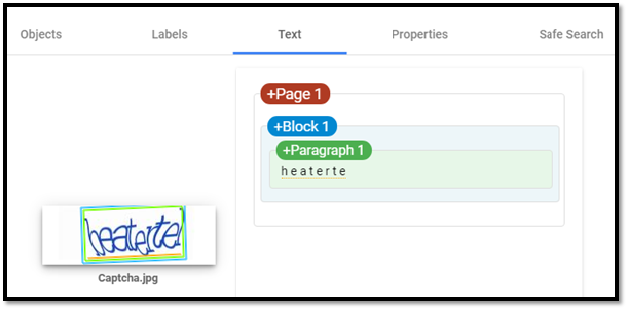
4. The CyberSiARA Approach:
The CyberSiARA approach is different. Rather than simply making a more complicated static test which AI will quickly learn to solve, this scientific approach looked to create a challenge based on unique human traits. Based on over eight years of research and development, this novel technology is designed to be easy for humans to recognise and solve while providing robust security which makes it uneconomical and impractical for automated scripts and hackers to break through. This goal could not have been achieved without a rigorous scientific approach.
CyberSiARA’s mathematical algorithm is based on a characteristic of the human memory system known as “Trans-Saccadic Memory”. This unique and extremely sophisticated biological ability occurs in the human visual system. The CyberSiARA challenge strikes the perfect balance of ease and convenience for the human eye while providing true security against automated scripts.
Extensive testing of this solution, using the same methodology as previously conducted on other Captcha solutions noted above, shows extraordinary results. Due to the complexity of the mathematical algorithm, OCR and image recognition programs are insufficient to decipher and recognise the algorithm. As shown below, the AI is unable to detect any information from the images, as explained in more detail below.
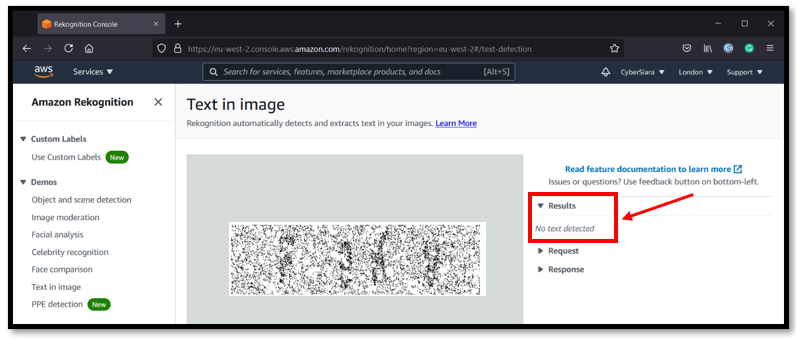
5. A NOVEL SCIENTIFIC TECHNOLOGY BEHIND SIARA SHIELD
The digital world works in discrete values of zeroes and ones. Humans have complex neural systems which are millions of times more advanced than quantum computing power. One of the most sophisticated parts of the human body is the visual system. Compromised by photoreceptors which are extremely sensitive to the density of light (photon[ND1] energy), the human eye is thousands of times more sensitive to the change of light when compared to the most advanced computers and sensors. This visual neural network can react to the change in frequency of light based on a qualitative manner rather than quantitative measurements, as computers must.
The multi-dimensional analogue world is significantly more advanced than the man-made digital world. The human eye uniformly visualizes the world, even when blinking or panning, due to the complexity of the visual system known as Trans-Saccadic Memory.
The eye can “see” the world as a whole object and does not analyze every particle or pixel in the field of vision. Unique interactions combine all the visual information to create an object based on perceived information, using analogue signals. Computers do not “see” objects. Instead, objects are recognized by calculating the binary values of every single pixel of the object and comparing them against known images.
6. STATE-OF-THE-ART TECHNOLOGY – DIVE INTO SCIENCE
Background
Dr Mohammad Reza Beheshti, the Founder and CEO of CyberSiARA, coined the idea of using a Trans-Saccadic Memory in a mathematical algorithm as part of his PhD research project back in 2017 and applied that mechanism to a cybersecurity solution to distinguish between man and machine. By providing a series of images that, when playing at a high frequency in front of the human eye, an image of the characters is unconsciously visualized. However, when played for a computer program, nothing is perceived except for useless random white noise.
In this model, a series of binary randomly rendered images are displayed and Trans-Saccadic Memory, which is a part of Sensory Memory (SM), will superimpose all the frames and visual information to form the final image using the brain and sophisticated human neural network. The novelty in Dr Beheshti’s approach is adjusting the sequence refresh rate and the sampling rate of the object pixels which are rendered using the Random Probability Distribution function (RPD). This technique makes it nearly impossible for computers to distinguish between different frames or to predict the sequence of pixels across all the frames since every single image (frame) is made of randomly distributed pixels with a random probability. The sophisticated human visual system is highly sensitive to the changes in light frequency in the retina of the eye and transmits the electric signal to the brain. Distinguishing between the higher and lower density of pixel frequencies, perceived as analogue visual signals from the displaying monitor or any other digital display with a frequency of 40Hz and above, occurs unconsciously due to Trans-Saccadic Eye Movement.
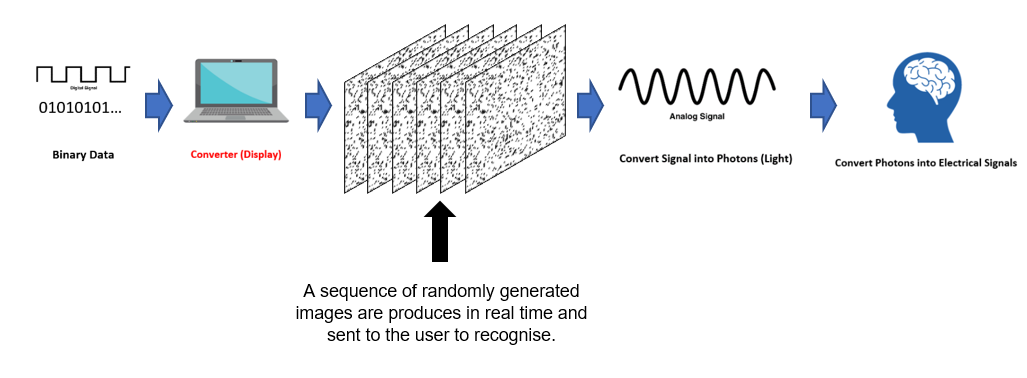
7. VISUAL TRANS-SACCADIC INTEGRATION PROCESS
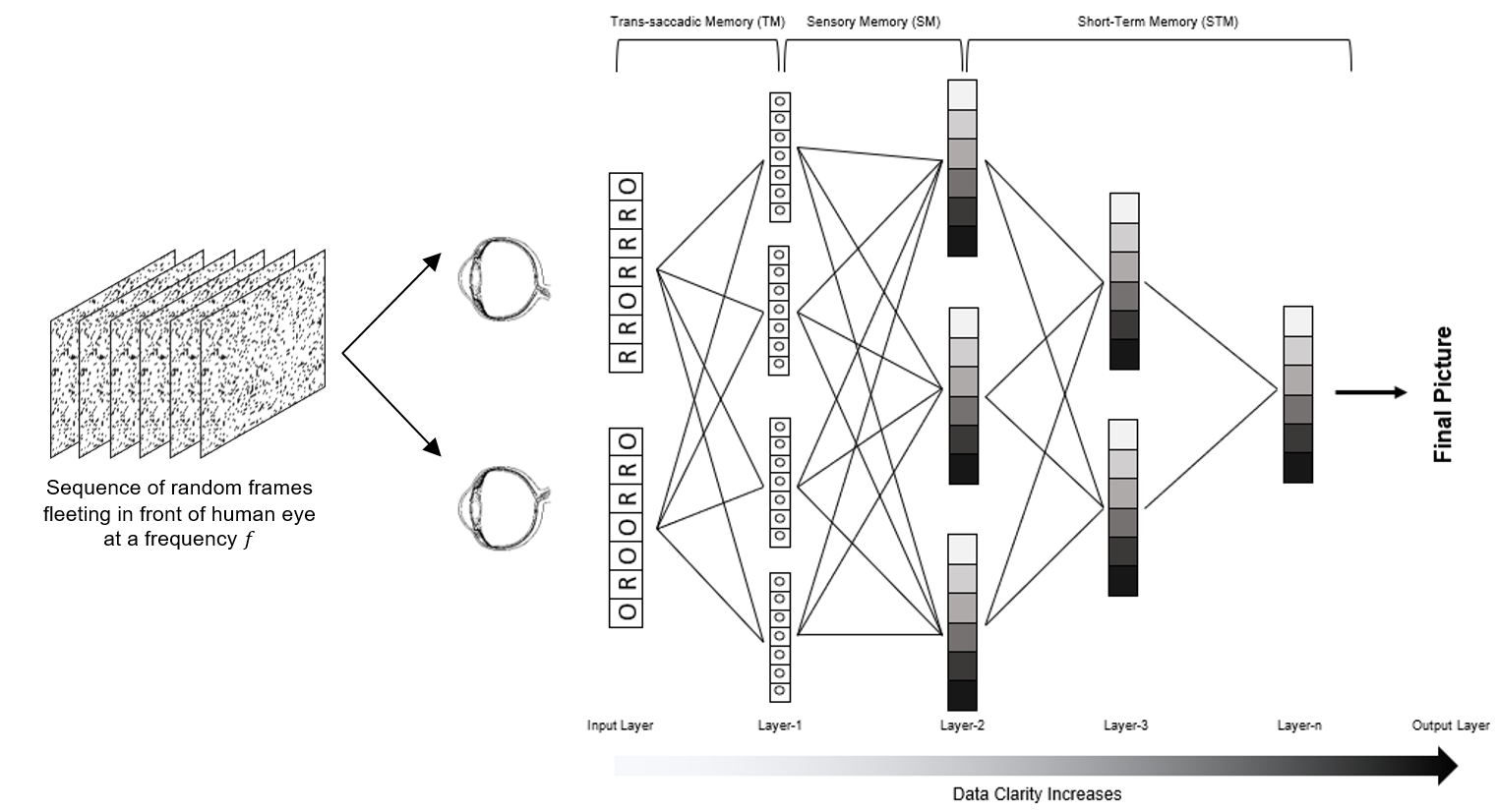
The effect of a photon of light will remain in visual memory for a brief time before it disappears. This phenomenon is known as the decay of information. The next signal must arrive in the retina before the previous signal has decayed from sensory memory to enable the brain to superimpose these two signals. Therefore, the CyberSiARA algorithm must have a specific frequency ratio between two consecutive frames, known as Interstimulus Interval (ISI) delay, which plays a key role in our memory. The effect of the decaying function of ISI causes our memory to remember each frame’s density before the next frame arrives in our memory system.
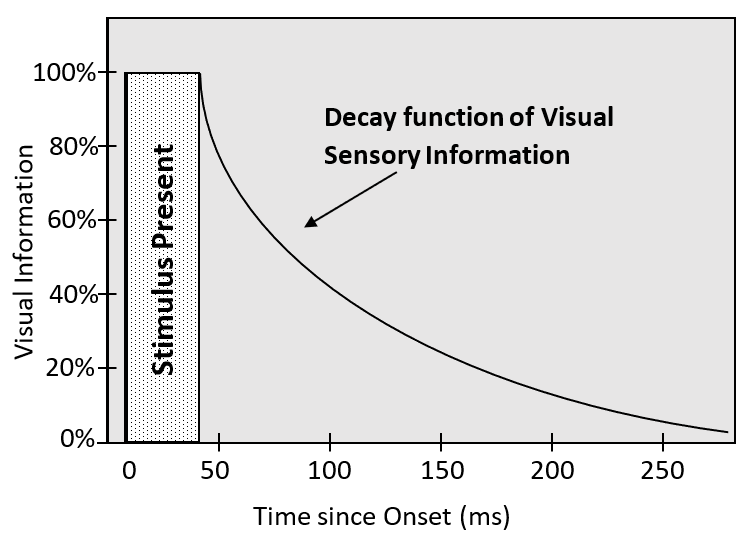
Are you ready to see how CyberSiARA’s technology is simple for humans whilst being a robust barrier to bots? Contact us today to arrange a free demo at:
info@cybersiara.com
click below to book a demo:
https://www.cybersiara.com/book-a-demo








